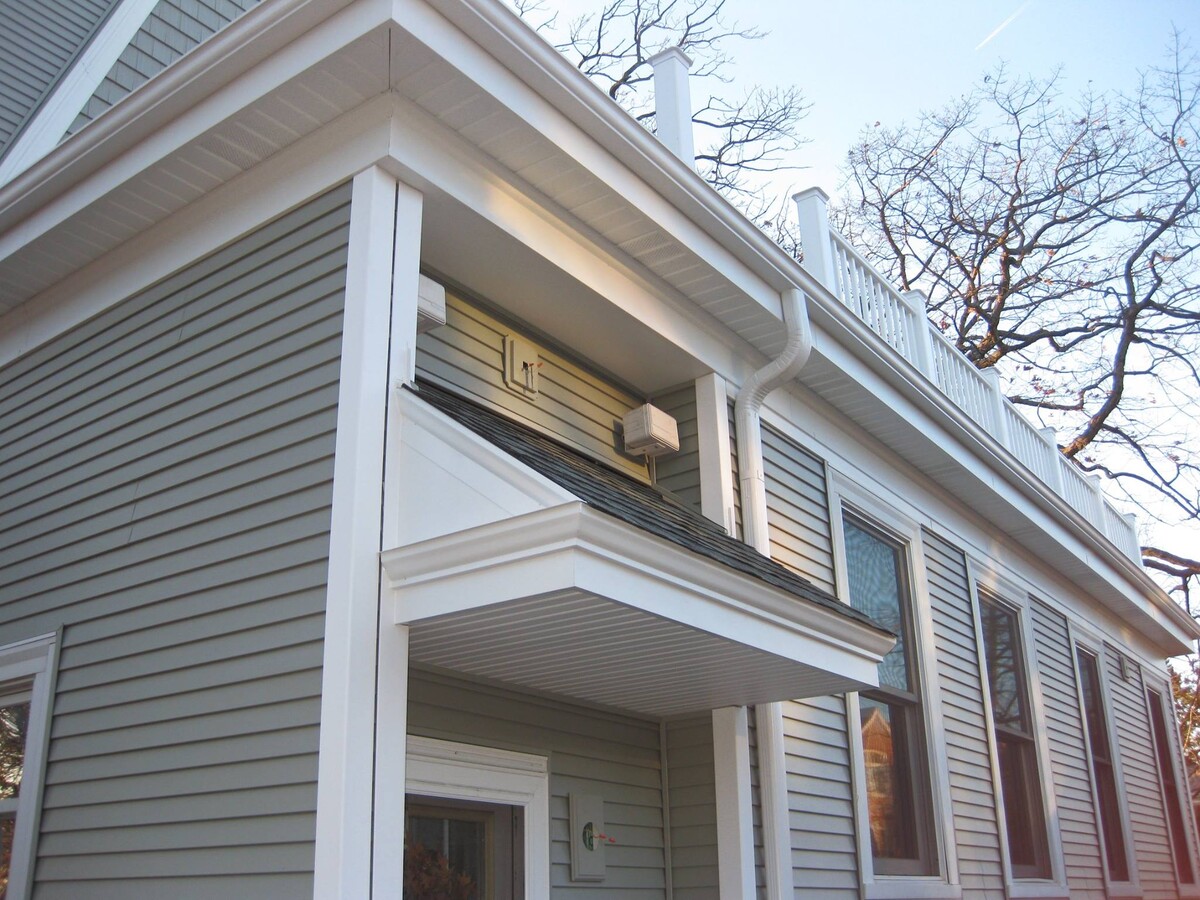

Articles
What Is Aluminum Siding
Modified: August 17, 2024
Discover the benefits and drawbacks of aluminum siding in our informative articles. Learn about its durability, maintenance requirements, and aesthetic appeal.
(Many of the links in this article redirect to a specific reviewed product. Your purchase of these products through affiliate links helps to generate commission for Storables.com, at no extra cost. Learn more)
Introduction
Aluminum siding is a popular choice for homeowners looking for durability, low maintenance, and aesthetic appeal. It has been used as a siding material for residential and commercial buildings for many years, thanks to its numerous advantages. From its history to its installation process, there are several important aspects to consider when it comes to aluminum siding.
In this article, we will delve into the history of aluminum siding, explore its advantages and disadvantages, discuss how to properly maintain and care for it, provide tips for choosing the right aluminum siding for your home, explain the installation process, and address some frequently asked questions about this versatile siding material.
Whether you are considering aluminum siding for a new construction project or are thinking about replacing your existing siding, this comprehensive guide will provide you with all the information you need to make an informed decision.
Key Takeaways:
- Aluminum siding offers durability, low maintenance, and design versatility, making it a popular choice for homeowners. Its history, advantages, and installation process provide valuable insights for informed decision-making.
- While aluminum siding provides numerous benefits, including energy efficiency and fire resistance, homeowners should consider potential drawbacks such as denting and paint fading. Proper maintenance and care are essential for preserving its integrity and appearance.
Read more: What To Clean Aluminum Siding With
History of Aluminum Siding
Aluminum siding first became popular in the 1940s and 1950s as an alternative to traditional wood siding. The post-war housing boom led to a demand for affordable and low-maintenance building materials, and aluminum emerged as a viable solution.
In the early days, aluminum siding was primarily used for commercial and industrial buildings. However, its popularity quickly spread to residential applications. The lightweight nature of aluminum made it easier to handle and install, and it offered homeowners a more durable and long-lasting option compared to wood siding.
One of the key milestones in the development of aluminum siding was the introduction of the continuous coil process in the 1960s. This process allowed for the seamless production of long aluminum coils, which could then be cut and formed into individual siding panels. This innovation made aluminum siding more affordable and accessible for both contractors and homeowners.
Over the years, advancements in technology and manufacturing techniques have further improved the quality and appeal of aluminum siding. The introduction of different finishes, such as textured or embossed patterns, has allowed for greater design versatility. Additionally, advancements in paint technology have made it possible to achieve a wide range of colors that can mimic the look of other siding materials.
Today, aluminum siding continues to be a popular choice for homeowners across the country. Its durability, resistance to weather elements, and low maintenance requirements make it an attractive option for those looking for an attractive and long-lasting siding solution.
Advantages of Aluminum Siding
Aluminum siding offers homeowners a host of advantages that make it a preferred choice for many. Here are some of the key benefits of opting for aluminum siding:
- Durability: Aluminum is known for its exceptional durability. It is resistant to rot, pests, and extreme weather conditions, making it a long-lasting siding option for your home.
- Low Maintenance: Unlike other siding materials, aluminum requires minimal maintenance. It does not need to be painted, stained, or sealed regularly. A simple rinse with a garden hose is usually sufficient to keep it clean and looking great.
- Lightweight: Aluminum siding is lightweight, which makes it easier to handle and install. This can save time and reduce installation costs.
- Design Versatility: Aluminum siding is available in a wide range of styles, textures, and colors. Whether you prefer a traditional or contemporary look, there are plenty of options to suit your aesthetic preferences.
- Energy Efficiency: Aluminum siding can help improve the energy efficiency of your home. It can act as an additional layer of insulation, keeping your home cooler in the summer and warmer in the winter.
- Fire Resistance: Aluminum is non-combustible and has a high melting point, making it a safer option for your home. It does not contribute to the spread of fire.
- Environmentally Friendly: Aluminum is a sustainable and recyclable material, making it an eco-friendly choice for environmentally conscious homeowners.
These advantages highlight why aluminum siding is a popular choice for homeowners who value durability, low maintenance, and design versatility. Whether you live in a region with harsh weather conditions or simply want a siding material that can stand the test of time, aluminum is a reliable and attractive option.
Disadvantages of Aluminum Siding
While aluminum siding offers numerous advantages, there are also a few disadvantages to consider before deciding if it is the right choice for your home. Here are some of the potential drawbacks of aluminum siding:
- Denting: Aluminum is more prone to denting compared to other siding materials, such as vinyl or fiber cement. Hailstorms, flying debris, or accidental impact can cause unsightly dents on the surface of the siding.
- Paint Fading: Over time, the paint on aluminum siding can fade or chalk, especially when exposed to direct sunlight. This can affect the overall appearance of your home and may require repainting to maintain its aesthetic appeal.
- Noise Transmission: Aluminum siding can be noisier compared to other siding materials. Rainfall or strong winds can result in more noticeable noise inside the house, which can be a concern for some homeowners.
- Thermal Conductivity: Aluminum is a good conductor of heat, which means it can transfer heat and cold more easily compared to other materials. This can impact the energy efficiency of your home, especially in areas with extreme weather conditions.
- Limited Color Options: While aluminum siding offers a range of colors, the color selection may be more limited compared to other siding options, such as vinyl. This can restrict your ability to find the exact shade or tone you desire for your home.
- Higher Cost: Aluminum siding is generally more expensive than some other siding materials, such as vinyl. However, it offers long-term durability and low maintenance, which can offset the initial investment over time.
It is important to weigh these disadvantages against the advantages of aluminum siding to determine if it is the right choice for your specific needs and preferences. Consulting with a professional siding contractor can help you make an informed decision based on your budget, location, and desired aesthetic.
Maintenance and Care of Aluminum Siding
One of the major benefits of aluminum siding is its low maintenance requirements. With proper care, aluminum siding can maintain its appearance and durability for many years. Here are some essential maintenance tips for aluminum siding:
- Cleaning: Regular cleaning is important to keep your aluminum siding looking its best. Use a mild detergent or a mixture of water and vinegar to scrub away dirt, grime, and stains. Avoid using abrasive cleaners or tools that could scratch the surface.
- Rinsing: After cleaning, thoroughly rinse the siding with a garden hose. This helps remove any soap residue or remaining dirt. Make sure to spray at a downward angle to prevent water from seeping behind the siding.
- Inspect for Damage: Periodically inspect your aluminum siding for any signs of damage, such as dents, scratches, or loose panels. Replace or repair any damaged sections to prevent moisture infiltration and maintain your siding”s integrity.
- Preventative Measures: To protect your aluminum siding, take precautions to avoid damage. Keep tree branches trimmed away from the siding to prevent scratches or impact from falling limbs. Additionally, avoid leaning ladders or heavy objects against the siding, as this can dent or damage it.
- Repainting: If you notice fading or chalking of the paint on your aluminum siding, consider repainting to refresh its appearance. Choose a high-quality exterior paint specifically designed for aluminum surfaces. Follow proper preparation and application techniques for optimal results.
- Gutter Maintenance: Ensure that your gutters are clear and functioning properly. Clogged gutters can cause water to overflow onto the aluminum siding, leading to potential damage or staining. Regularly clean out debris and inspect for any issues.
- Sealing and Caulking: Check the caulking and sealing around windows, doors, and joints in the aluminum siding. Replace any deteriorated or cracked caulking to maintain a weather-tight seal and prevent water infiltration.
By performing regular maintenance and addressing any issues promptly, you can extend the lifespan of your aluminum siding and keep it looking its best for years to come. If you are unsure about any maintenance tasks or notice significant damage, it is recommended to consult a professional siding contractor for guidance.
When cleaning aluminum siding, avoid using abrasive cleaners or tools that could scratch the surface. Instead, use a mild detergent and a soft brush or cloth to gently remove dirt and grime.
Read more: What Paint Is Best For Aluminum Siding
Choosing the Right Aluminum Siding for Your Home
When it comes to choosing aluminum siding for your home, there are several factors to consider to ensure you make the right decision. Here are some key points to keep in mind:
- Quality: Look for high-quality aluminum siding from reputable manufacturers. Quality siding will have a thicker gauge, which offers better durability and resistance to denting.
- Style and Appearance: Consider the architectural style of your home and choose aluminum siding that complements it. Whether you prefer a traditional horizontal lap siding or a modern vertical board and batten design, there are various styles and textures available to suit your preference.
- Color Options: Take into account the available color options and choose a shade that enhances the overall aesthetic of your home. Consider factors such as the existing color palette of your home, the surrounding environment, and any local regulations or restrictions on exterior colors.
- Finish and Texture: Aluminum siding can come in different finishes and textures, such as smooth, wood grain, or textured patterns. Consider the aesthetic appeal you want to achieve and choose a finish that aligns with your vision.
- Energy Efficiency: Consider the energy efficiency benefits of the aluminum siding you are considering. Look for options with added insulation or options that are designed specifically to improve energy efficiency, such as foam-backed insulation.
- Warranty: Review the warranty offered by the manufacturer. A reliable warranty provides peace of mind and ensures that you are protected against any manufacturing defects or premature damage.
- Budget: Set a budget for your siding project and find aluminum siding options that fit within your price range. Consider the long-term benefits and durability of the siding to help justify any higher initial investment.
It is also important to work with a reputable siding contractor who can provide guidance and recommendations based on your specific needs and budget. They can help you navigate through the various options and assist you in choosing the right aluminum siding for your home.
Installation Process of Aluminum Siding
While it is recommended to hire a professional siding contractor for the installation of aluminum siding, understanding the general installation process can help you better communicate with the contractor and ensure a successful outcome. Here is an overview of the installation process:
- Preparation: The first step is to prepare the exterior of your home for the installation. This may involve removing any existing siding, repairing or replacing damaged sheathing or insulation, and ensuring a smooth and clean surface for the new siding.
- Weather Barrier: A weather-resistant barrier, such as a house wrap or building paper, is typically installed over the sheathing. This barrier helps to prevent moisture from infiltrating the walls while allowing for adequate airflow.
- Flashings: Flashings are installed around windows, doors, and other vulnerable areas to provide additional protection against water intrusion. These metal pieces are carefully fitted and secured to create a watertight seal.
- Trim Installation: Trim pieces, such as corner pieces and J-channels, are installed first. These pieces create a clean and finished look while providing a framework for the siding installation.
- Siding Installation: Aluminum siding panels are then installed, starting from the bottom and working your way up. The panels are secured to the exterior of the house using nails or screws. It’s important to ensure proper alignment and spacing between panels to allow for expansion and contraction.
- Trimming and Cutting: As the siding is installed, trim pieces are cut and fitted around windows, doors, and other architectural features. This helps create a seamless and polished appearance.
- Finishing Touches: Once the siding is installed, the finishing touches are added. This may include sealing joints, attaching accessories like vents or outlets, and adding any final trim pieces.
- Clean-Up: After the installation is complete, the work area should be thoroughly cleaned up, and any debris or materials should be properly disposed of.
It’s important to note that the installation process may vary depending on the specific requirements of your home and the recommendations of the manufacturer or contractor you are working with. Adhering to proper installation techniques is crucial to ensuring the longevity and effectiveness of your aluminum siding.
By hiring an experienced and professional siding contractor, you can have peace of mind knowing that your aluminum siding will be installed correctly and efficiently, providing you with a beautiful and long-lasting exterior for your home.
Frequently Asked Questions about Aluminum Siding
Here are some common questions that homeowners often have about aluminum siding:
- Is aluminum siding durable?
- Does aluminum siding require painting?
- Can aluminum siding be installed over existing siding?
- How do I clean aluminum siding?
- Is aluminum siding energy efficient?
- Can aluminum siding be painted?
- Is aluminum siding fireproof?
- How much does aluminum siding installation cost?
- How long does aluminum siding last?
- Is aluminum siding eco-friendly?
Yes, aluminum siding is known for its durability. It is resistant to rot, pests, and extreme weather conditions, making it a long-lasting siding option for your home.
No, aluminum siding does not require painting. It is typically coated with a factory finish that helps protect it from the elements and maintain its appearance.
In some cases, aluminum siding can be installed over existing siding. However, it is important to consult with a professional contractor to determine if this is a viable option for your specific situation.
You can clean aluminum siding by using a mild detergent or a mixture of water and vinegar. Scrub the siding with a soft brush or cloth and rinse thoroughly with a garden hose.
While aluminum siding itself is not very insulating, there are options available with added insulation or foam backing that can improve energy efficiency and help reduce heat transfer.
Yes, aluminum siding can be painted. However, it is important to choose a high-quality exterior paint specifically designed for aluminum surfaces and follow proper preparation and application techniques for optimal results.
While aluminum has a high melting point and is non-combustible, aluminum siding is not considered completely fireproof. However, it does not contribute to the spread of fire.
The cost of aluminum siding installation can vary depending on factors such as the size of your home, the type of siding chosen, and any additional features or customization. It is best to obtain quotes from professional contractors to get an accurate estimate.
With proper maintenance and care, aluminum siding can last for several decades. It is known for its durability and resistance to rot, pests, and weather elements.
Yes, aluminum is a sustainable and recyclable material, making it an environmentally friendly choice for siding. It can be recycled at the end of its life cycle, reducing waste in landfills.
If you have any additional questions or concerns about aluminum siding, it is advisable to consult with a professional siding contractor who can provide expert advice and guidance based on your specific needs and requirements.
Conclusion
Aluminum siding is a popular choice for homeowners seeking a durable, low maintenance, and aesthetically pleasing siding option. Its history dates back to the post-war era when the demand for affordable and long-lasting building materials increased. Over the years, advancements in technology and manufacturing techniques have further improved the quality and appeal of aluminum siding.
Aluminum siding offers several advantages, such as durability, low maintenance requirements, design versatility, and energy efficiency. It is resistant to rot, pests, and extreme weather conditions, making it a reliable and long-lasting siding solution for homes.
However, it’s important to consider the disadvantages of aluminum siding as well, including its tendency to dent, potential for paint fading, noise transmission, and higher cost compared to some other siding materials.
To maintain aluminum siding, regular cleaning with mild detergent or vinegar and rinsing with a garden hose is usually sufficient. Promptly addressing any damage or issues and conducting periodic inspections are crucial to preserving the siding’s integrity.
When choosing aluminum siding for your home, consider factors such as quality, style, color options, energy efficiency, warranties, and budget. Consulting with a professional siding contractor can help you make an informed decision based on your specific needs and preferences.
The installation process of aluminum siding involves proper preparation, installation of weather barriers and flashings, fitting trim pieces, installing siding panels, trimming and cutting, and adding finishing touches. Hiring a professional siding contractor is recommended to ensure a successful and efficient installation.
Lastly, frequently asked questions about aluminum siding include concerns about durability, painting, installation over existing siding, cleaning, energy efficiency, fire resistance, cost, lifespan, and environmental impact. Consulting with a professional contractor can help address any additional questions or concerns.
In conclusion, aluminum siding offers homeowners a durable, low maintenance, and visually appealing option for their homes. Understanding its benefits, drawbacks, maintenance requirements, and installation process can assist homeowners in making an informed decision and achieving a beautiful and long-lasting exterior for their homes.
Frequently Asked Questions about What Is Aluminum Siding
Was this page helpful?
At Storables.com, we guarantee accurate and reliable information. Our content, validated by Expert Board Contributors, is crafted following stringent Editorial Policies. We're committed to providing you with well-researched, expert-backed insights for all your informational needs.
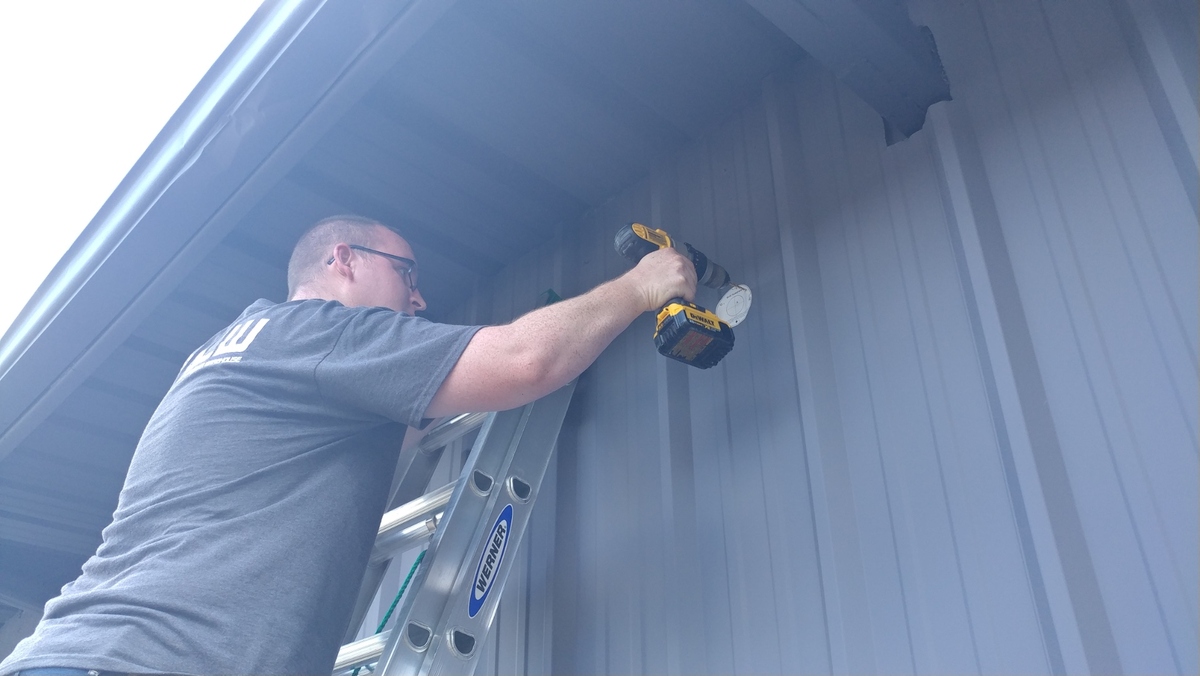
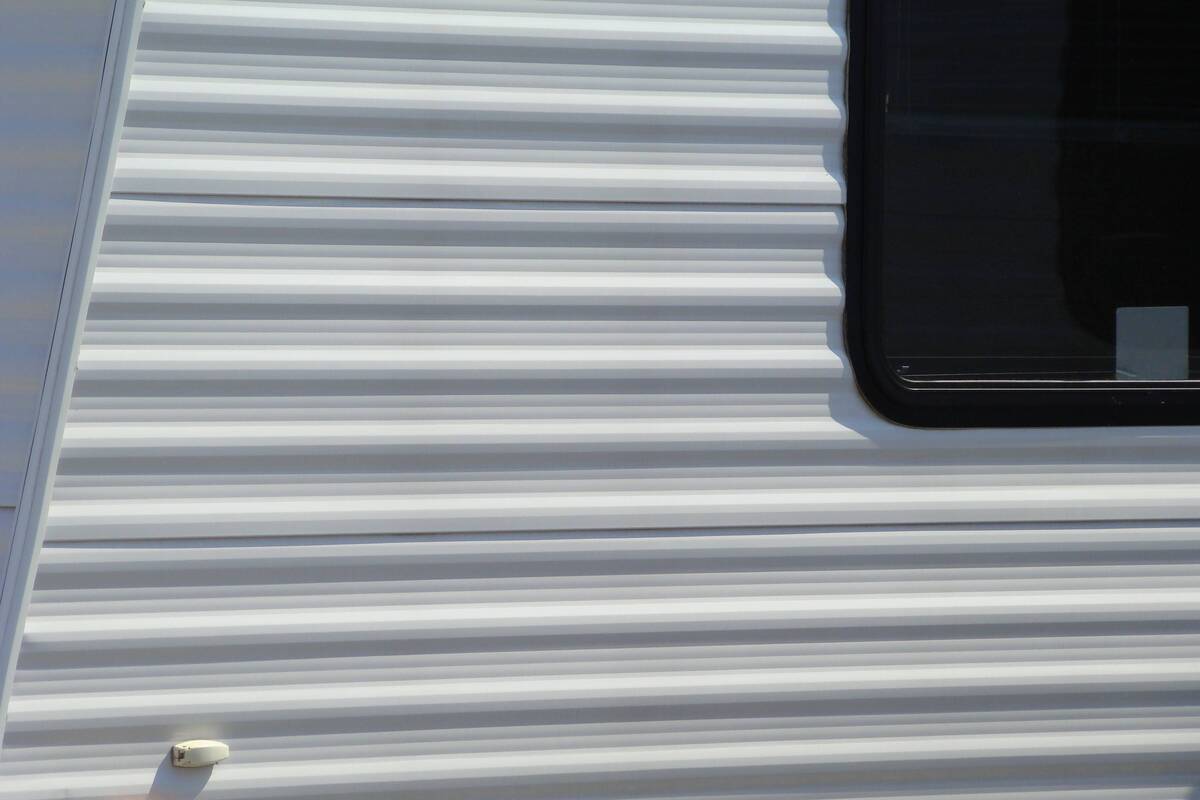
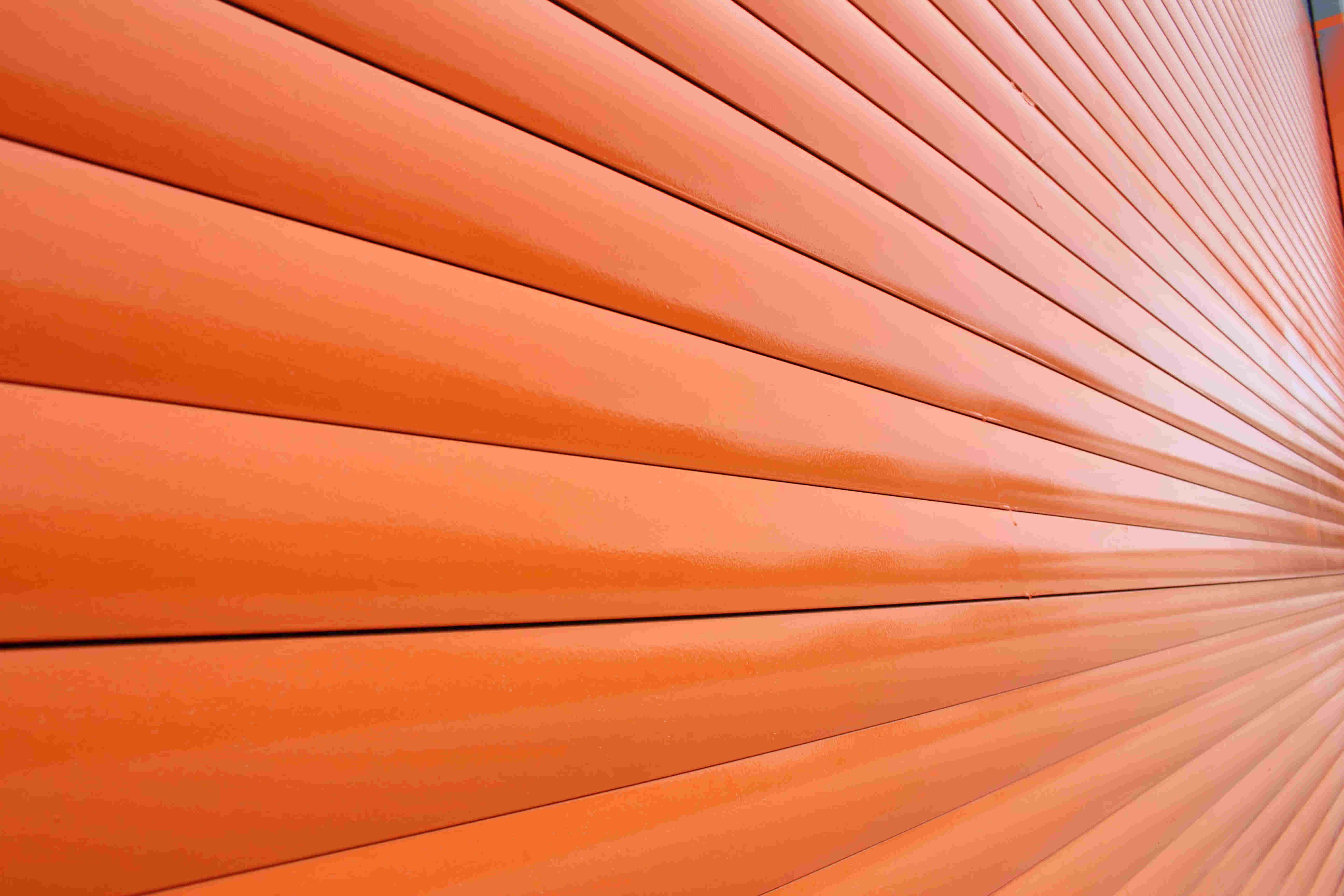
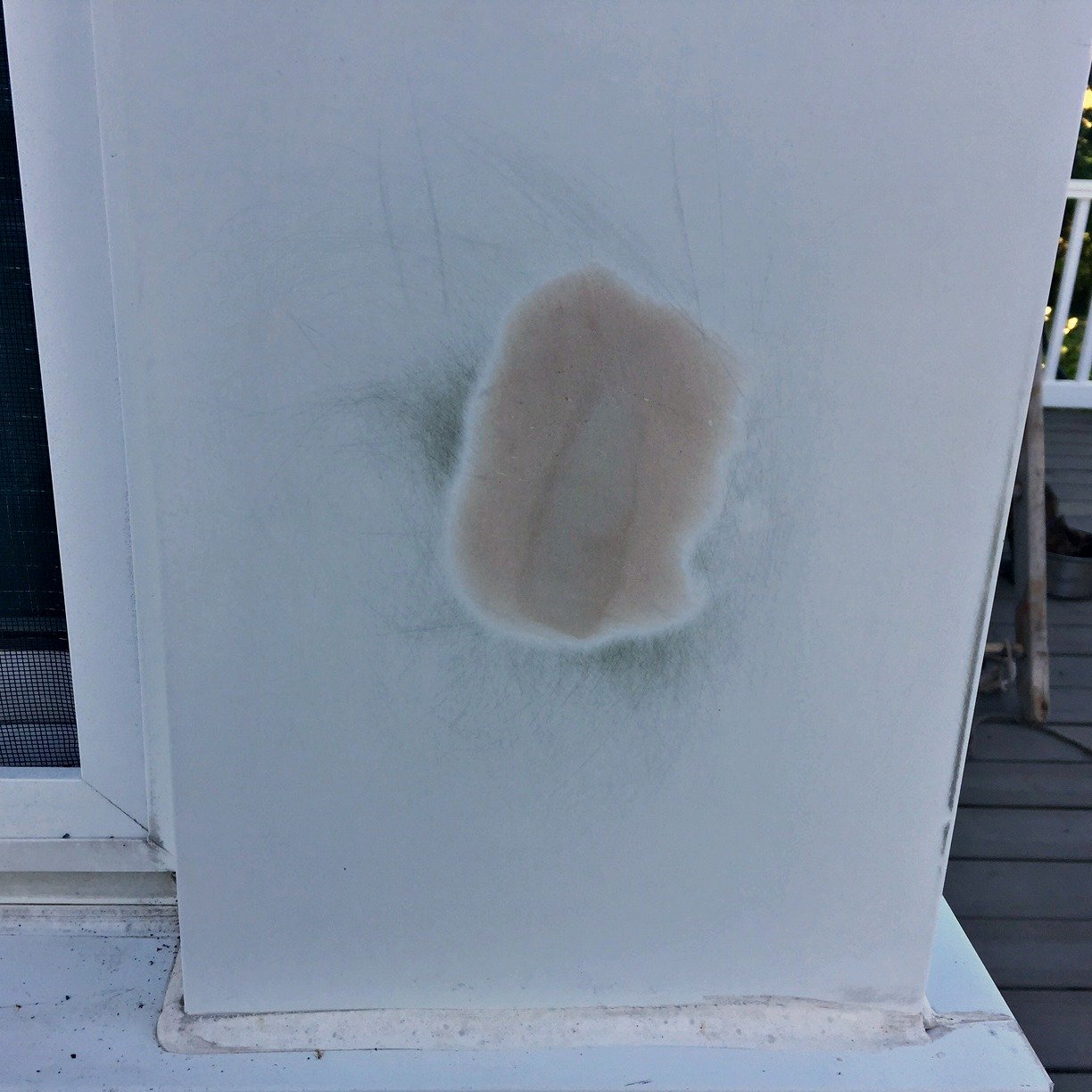
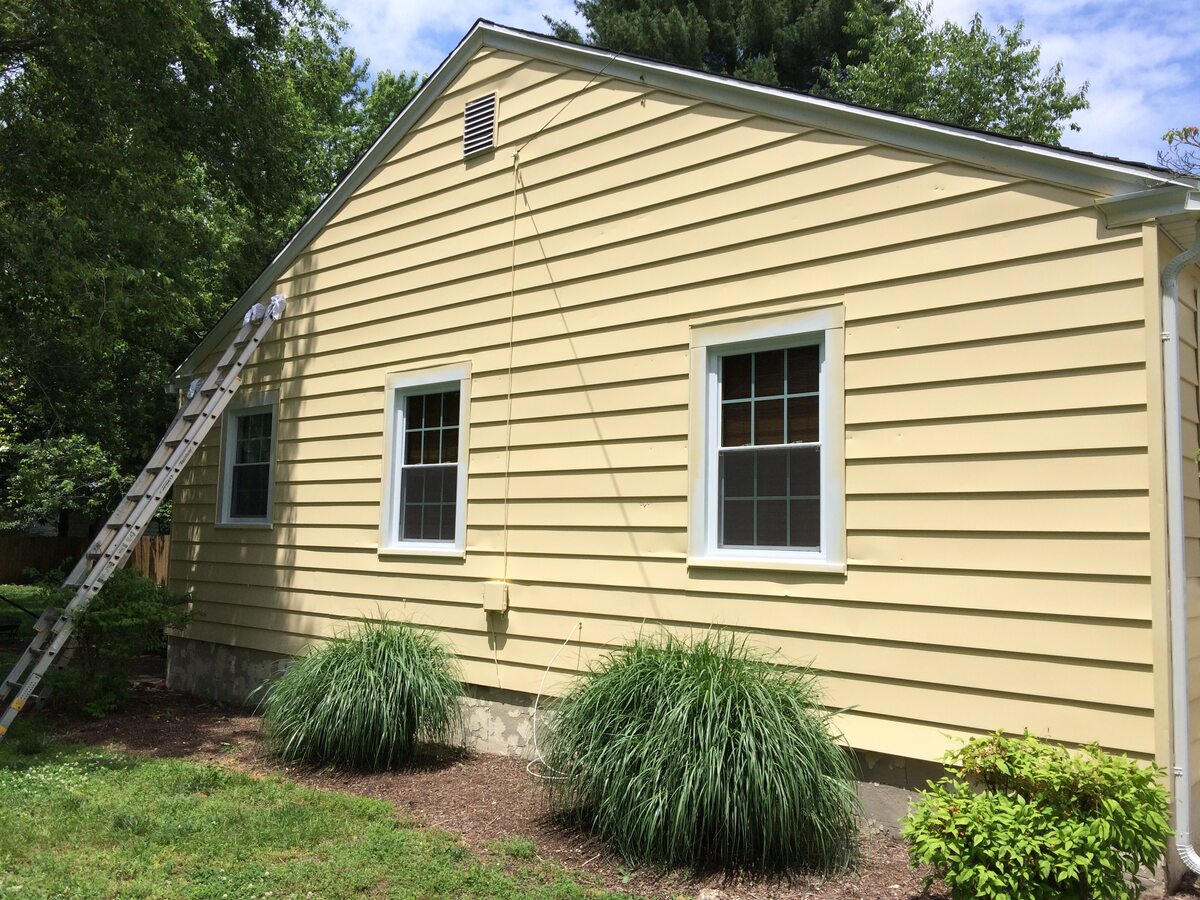
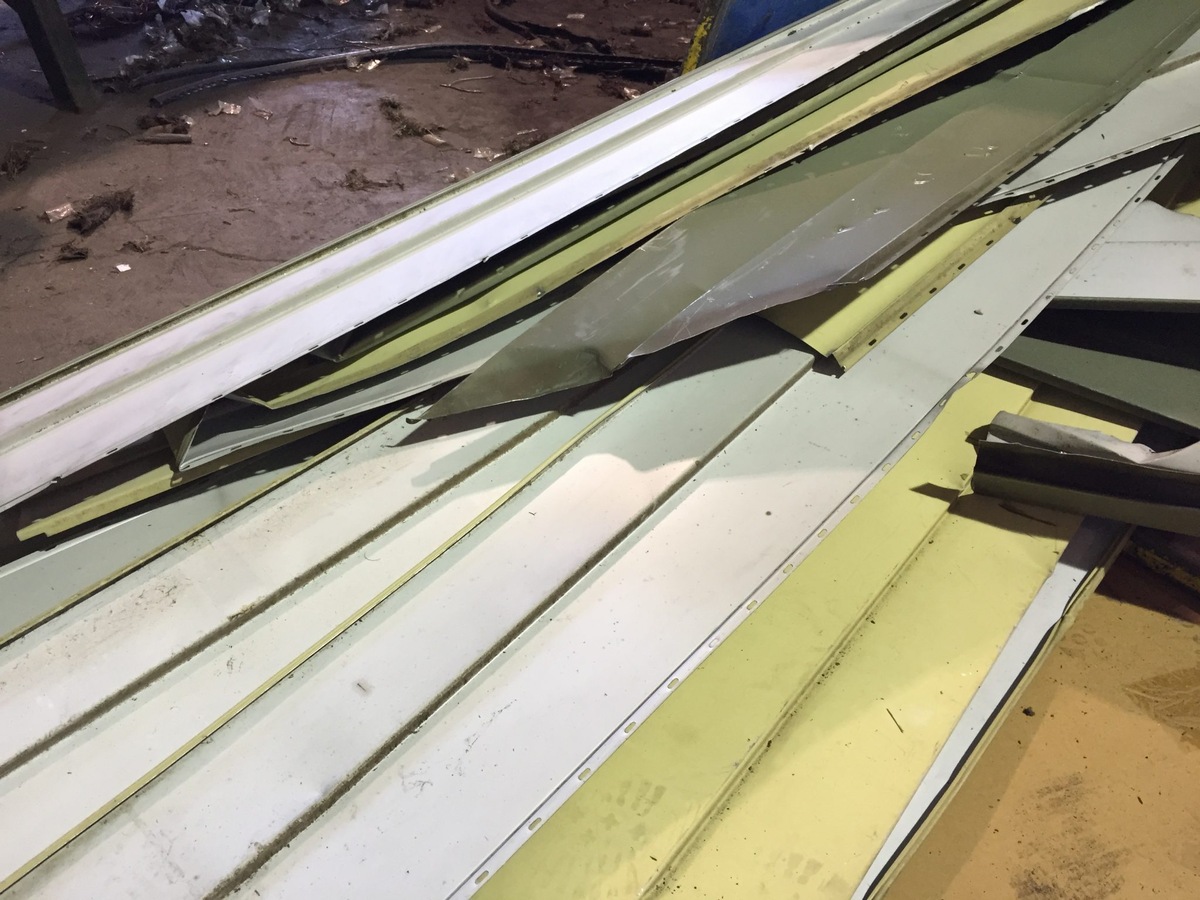
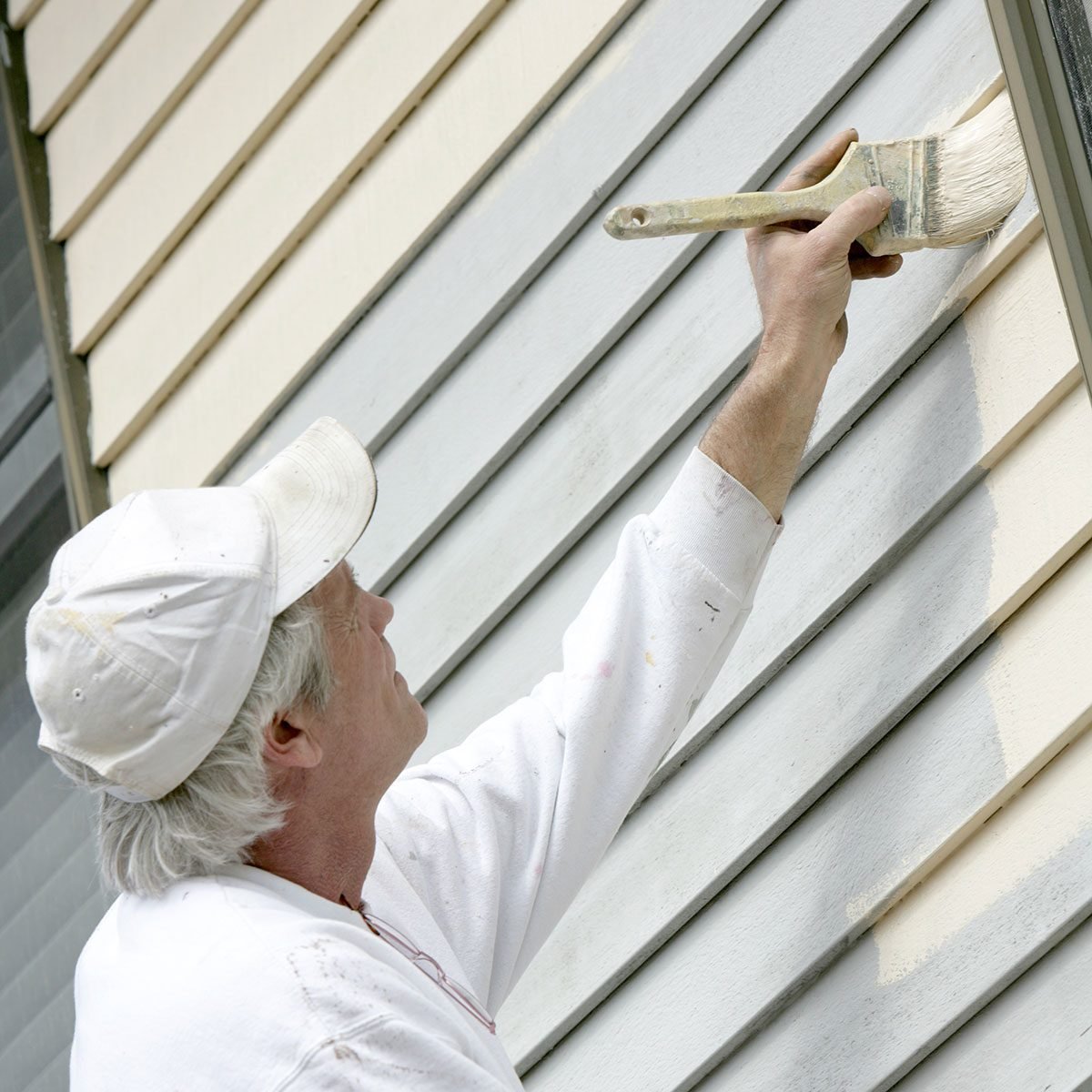
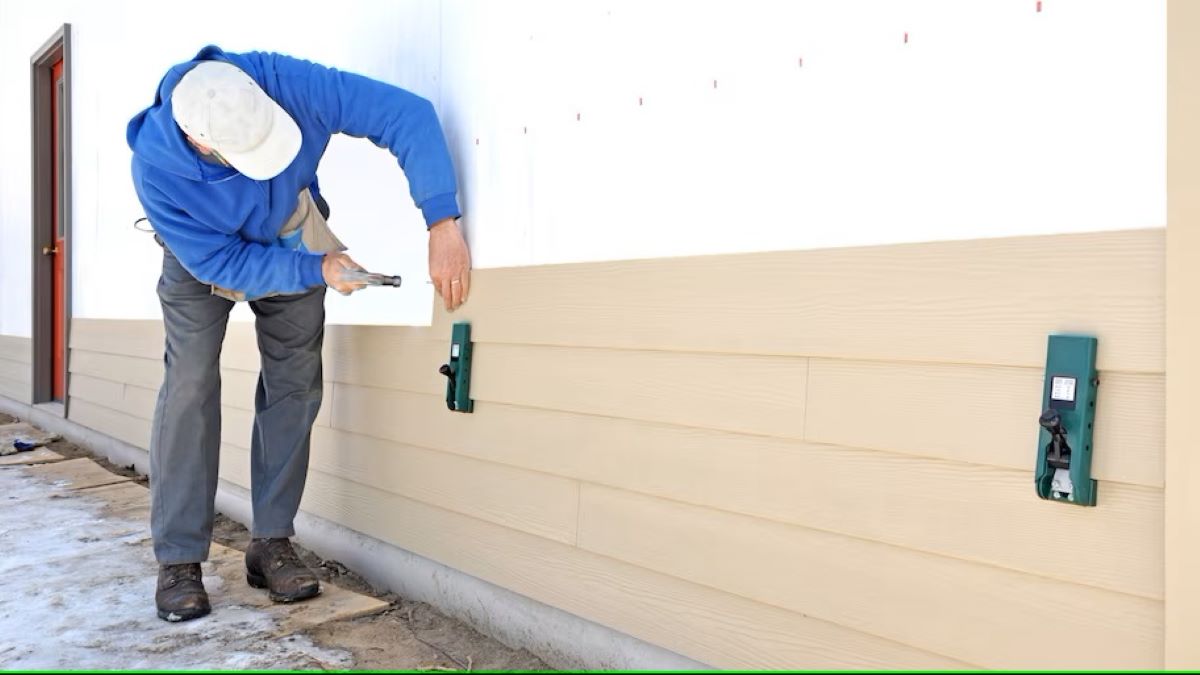
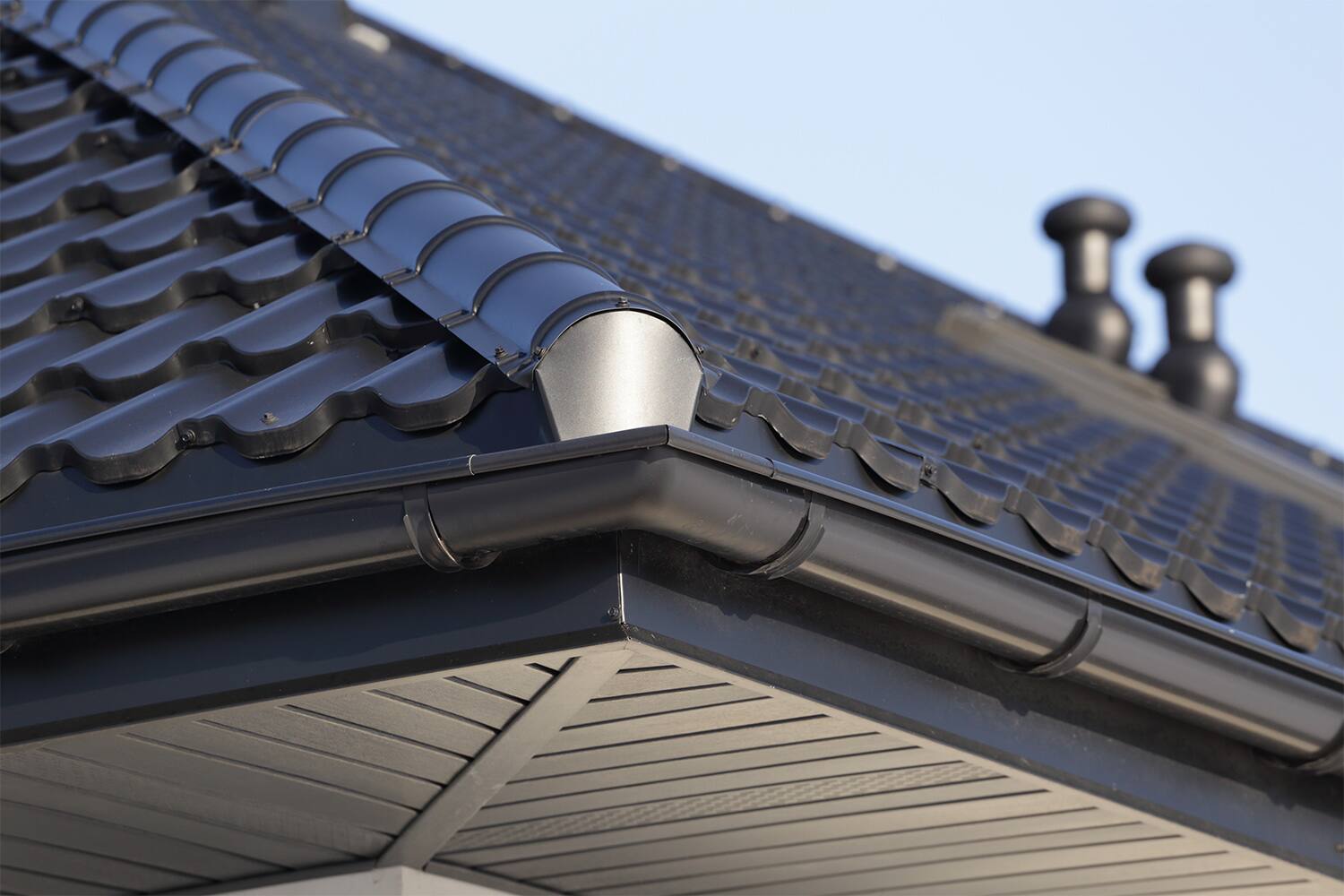
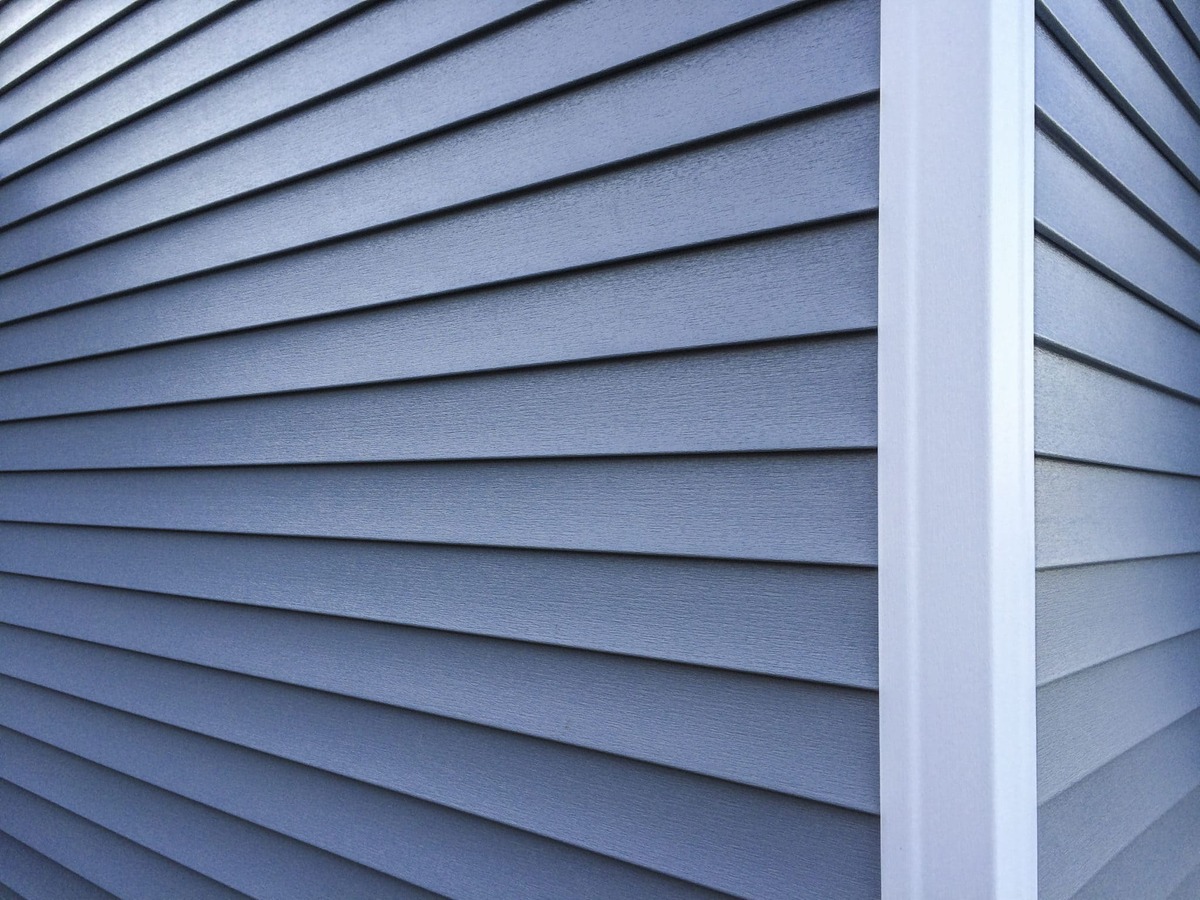
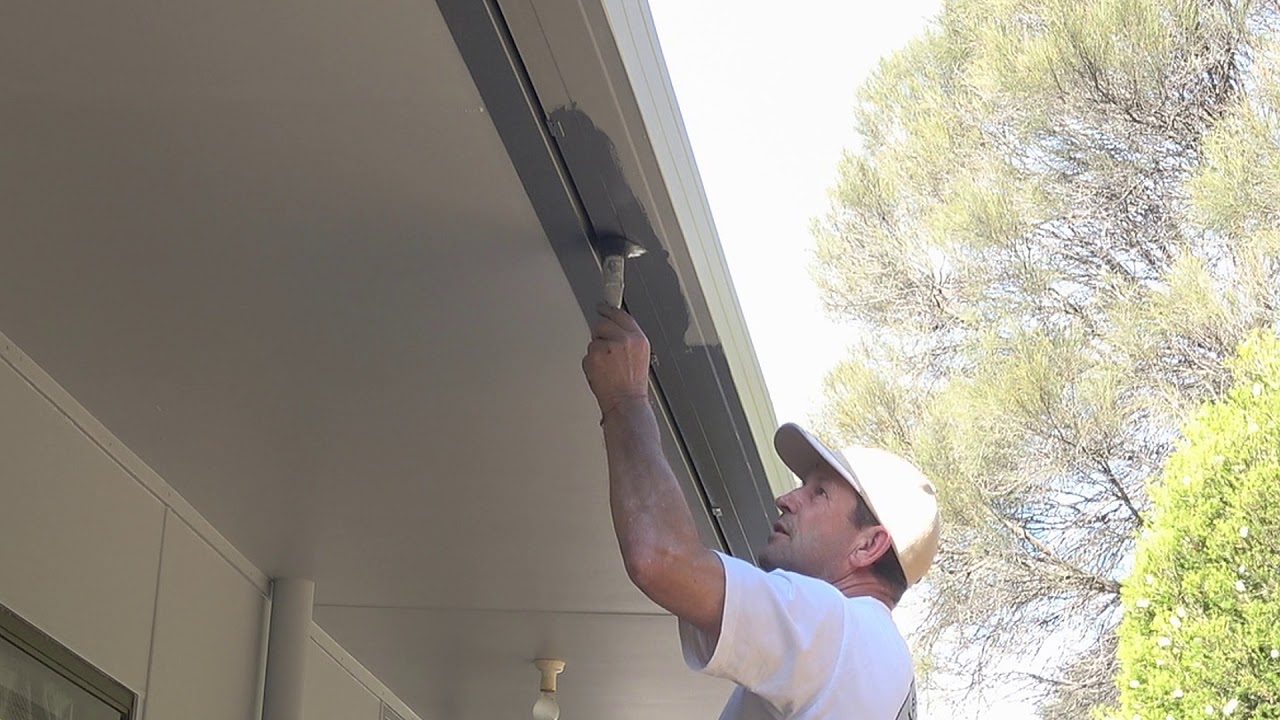
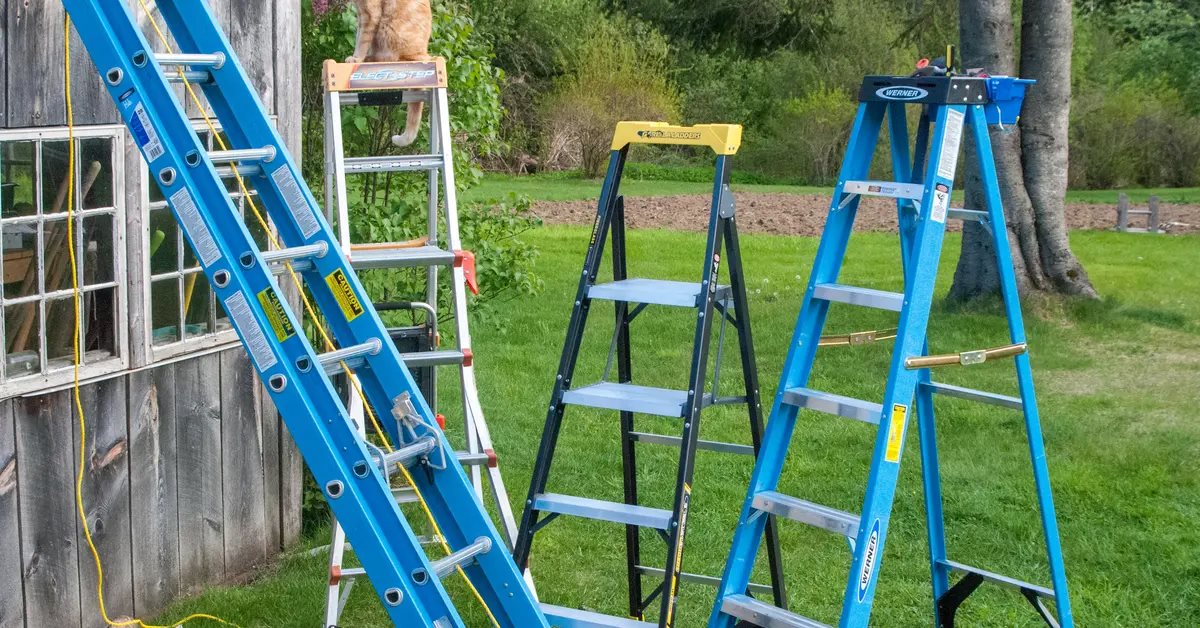
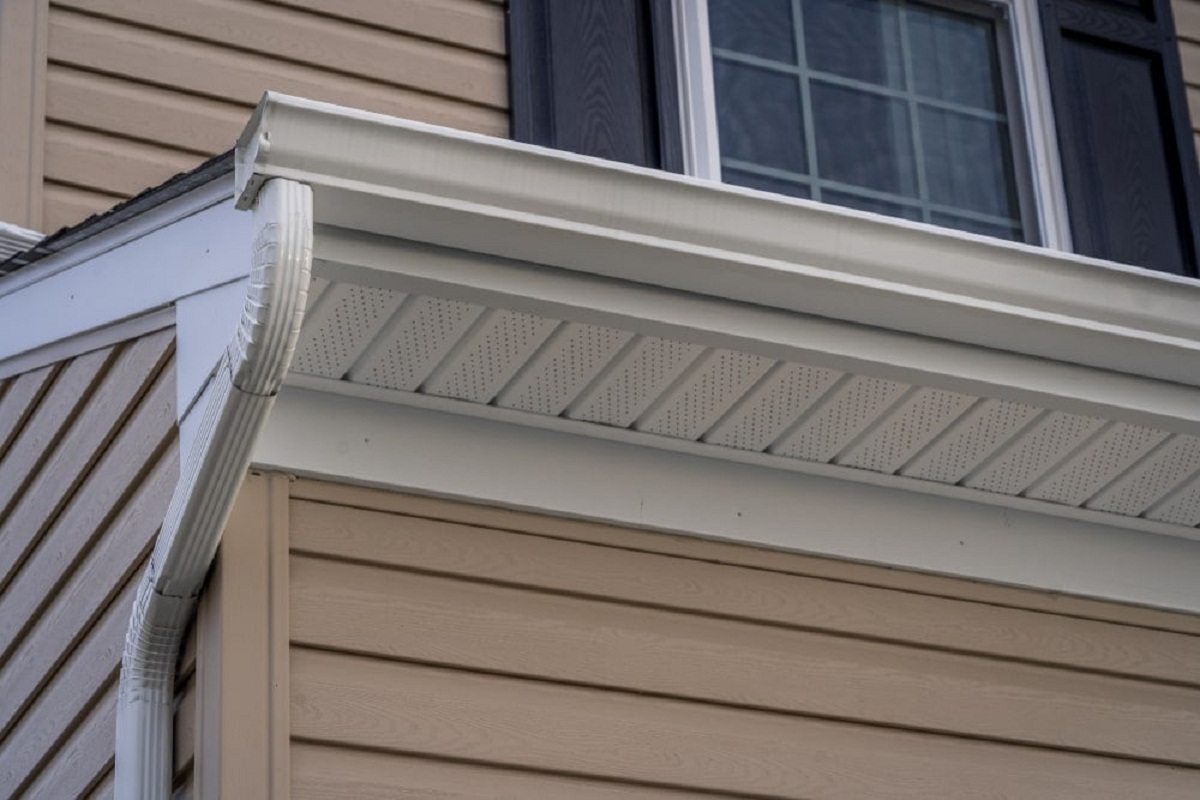
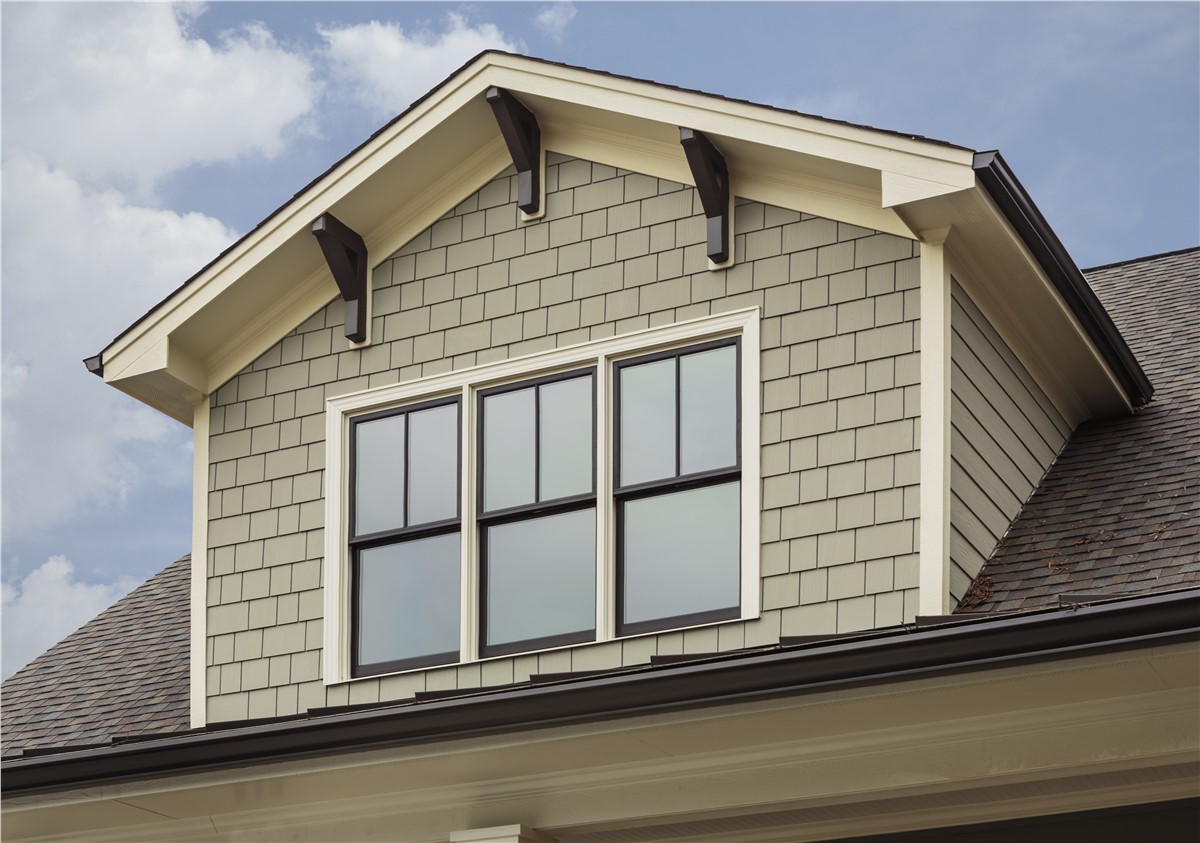

0 thoughts on “What Is Aluminum Siding”